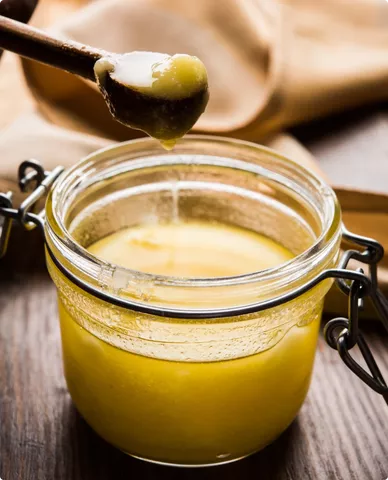Dry Rendering
Dry rendering is a process used to separate fat from animal by-products without the use of water or steam. While effective for certain applications, wet rendering offers significant advantages in terms of product quality and higher yield.
Dry rendering is a widely employed method in the animal by-products industry for extracting fats from animal tissues. Unlike wet rendering, this process does not use water or steam, which can be advantageous for certain types of raw materials and end uses. Dry rendering involves heating the raw materials to high temperatures to separate the fat from the protein and moisture content.
Key Elements of Dry Rendering:
Process Description:
- Heating: Raw animal by-products, such as fatty tissues and bones, are subjected to high temperatures in large vats or kettles. This heat breaks down the cellular structure and releases the fat.
- Separation: The fat separates from the protein solids and moisture as the temperature increases. The fat rises to the top and can be skimmed off or drained away.
- Purification: The collected fat is further purified to remove any remaining impurities, ensuring a high-quality end product.
- Drying: The remaining solid materials, which include protein and bone, are dried to remove moisture, resulting in processed animal proteins.
Negatives of Dry Rendering Compared to Wet Rendering:
- Lower Product Quality: Dry-rendered fats often have a darker color and stronger odor compared to wet-rendered fats, which may require additional purification steps to meet quality standards.
- Incomplete Fat Extraction: Dry rendering may not extract as much fat from the raw materials as wet rendering, potentially leading to lower yields.
- Odor Emissions: The high temperatures used in dry rendering can produce strong odors, requiring effective odor control measures to be in place.
Quality and Characteristics:
- Odor and Color: Dry-rendered fats may have a more intense color and odor compared to those produced through wet rendering, which can be managed through additional purification steps.
Considerations:
- Temperature Control: Precise temperature control is essential to prevent burning or degrading the fat, which can impact quality.
- Odor Management: The process can produce strong odors, requiring effective odor control measures to be in place.
PEPITO employs advanced wet rendering techniques to ensure the efficient and sustainable extraction of fats and proteins from animal by-products. By adhering to stringent quality control measures, PEPITO delivers high-quality rendered products for a variety of industrial and commercial applications, highlighting the superior benefits of wet rendering over dry rendering.



